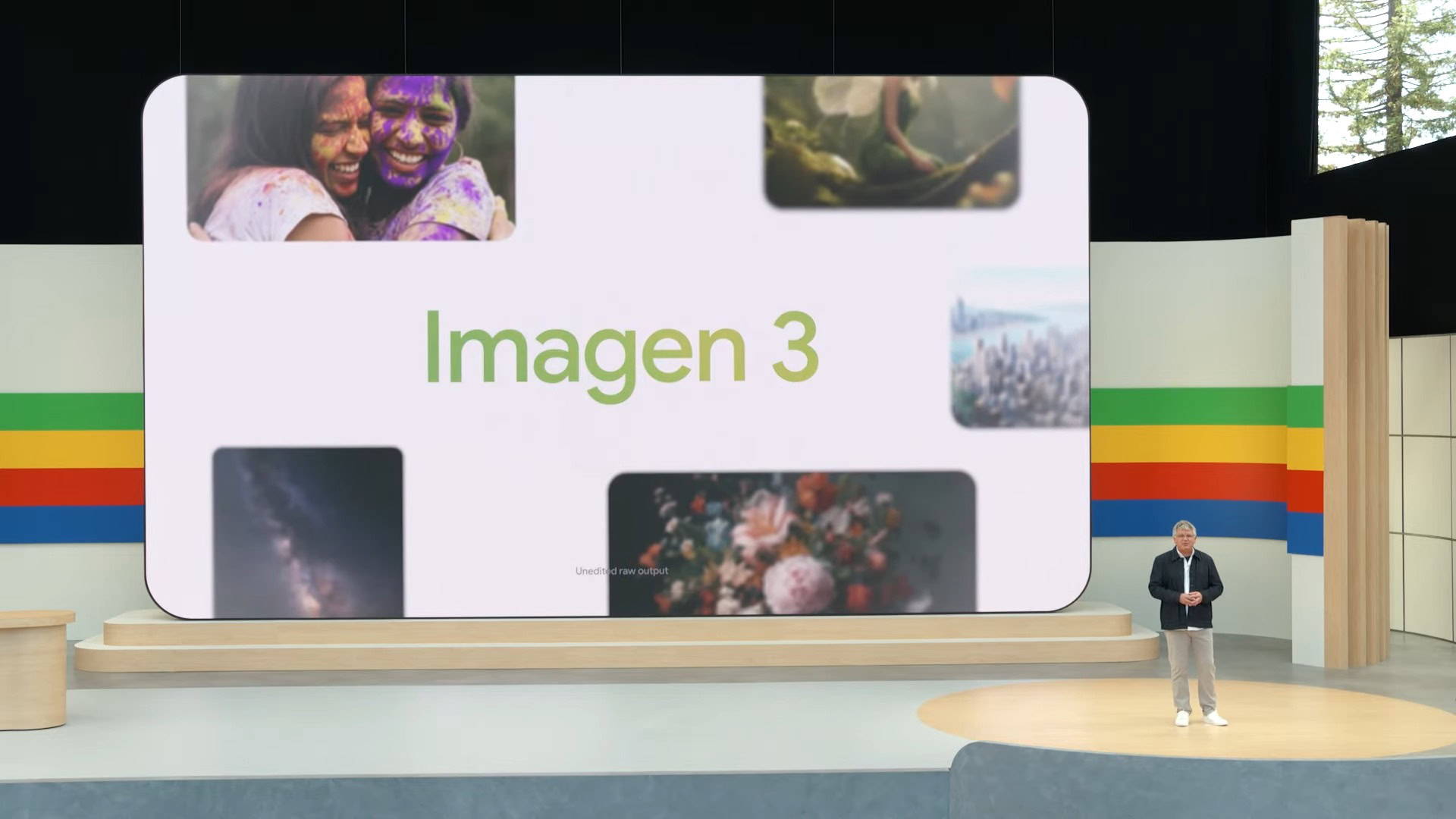Google has made its latest text-to-image AI model, Imagen 3, accessible to all U.S. users through its ImageFX platform, marking a major expansion beyond its initial limited release. Alongside this, the company published a research paper detailing the technology behind Imagen 3. This rollout signals Google’s strategic response to the rapidly intensifying competition in AI image generation, particularly as it coincides with xAI’s launch of Grok-2, a rival model with fewer content restrictions.
Google’s research team describes Imagen 3 as a latent diffusion model that produces high-quality images from text prompts, surpassing other state-of-the-art models in evaluations. While some users have praised Imagen 3 for its enhanced texture and word recognition capabilities, others have criticized its stringent content filters, which they say hinder creative freedom. The introduction of these restrictions has sparked discussions about the balance between responsible AI use and user satisfaction.
In contrast, xAI’s Grok-2, integrated into the social network X, offers image generation with minimal restrictions, leading to a surge of controversial content. The differing approaches between Google and xAI highlight the ongoing debate over innovation versus responsibility in AI development. As the U.S. presidential election approaches, industry experts are closely monitoring how these strategies will impact public discourse and content integrity.
Google and xAI’s decisions in the coming months could significantly shape the future of AI tools, influencing both user experiences and regulatory responses within the tech industry.

